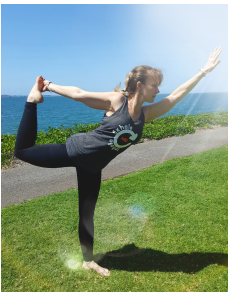See anything unusual about the below image?
You cannot do two things at once with efficiency.
I was speaking with an Allied Health Professional today about what’s considered “good practice” for Neuroplasticity Training for healing to be effective. One of the key recommendations is:
Focused tasks that are meaningful done with quality.
When errors start to happen stop and rest.
Making errors are good signposts to STOP and rest. Today and this post below a good example.
When you’re doing scheduled posts on the go & instead of $5 Yoga at Duckponds turns out as :
$57 Yoga at “DICKPONDS”
and no it’s not a price increase due to this “new location”
I know it says Several Locations and “Dickponds” is NOT one of them
Moral of the story knows when to stop or at least have a sense of humour about the warning signs that may signify you need to.
The best improvements and long-lasting change happens when we do things with the quality a little and often no matter the location
A bit like Mindfulness & Yoga Practice really.
One Tadasana or a Sun Salute performed with your full focus and attention with purpose & meaning over 10-20 mins is better than belting out repeated Salutes over a long duration with poor form. This strengthens the neural pathways that you don’t want.
Know when to stop (or at least when to put your glasses on and proofread) this is harder if you are trying to do too many things at once.
Oh & Peregian people it’s an 8 am start at the DUCKPONDS hope you don’t get lost due to this post.
Click here to see a range of class styles and many locations across the Sunshine Coast. Beginners and experienced yogis welcome!


